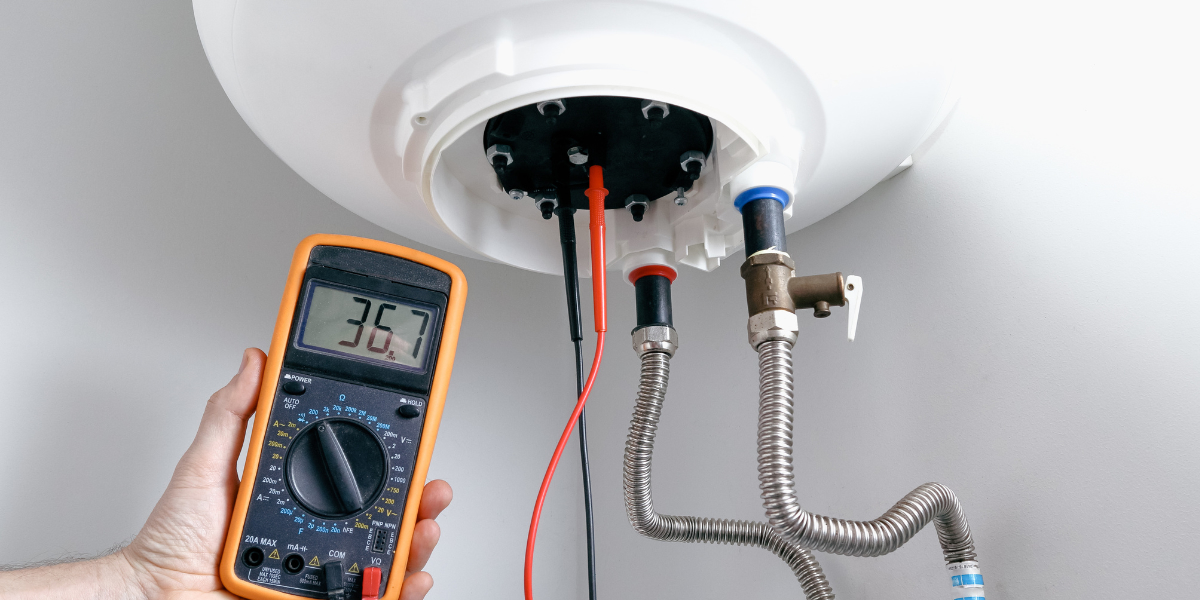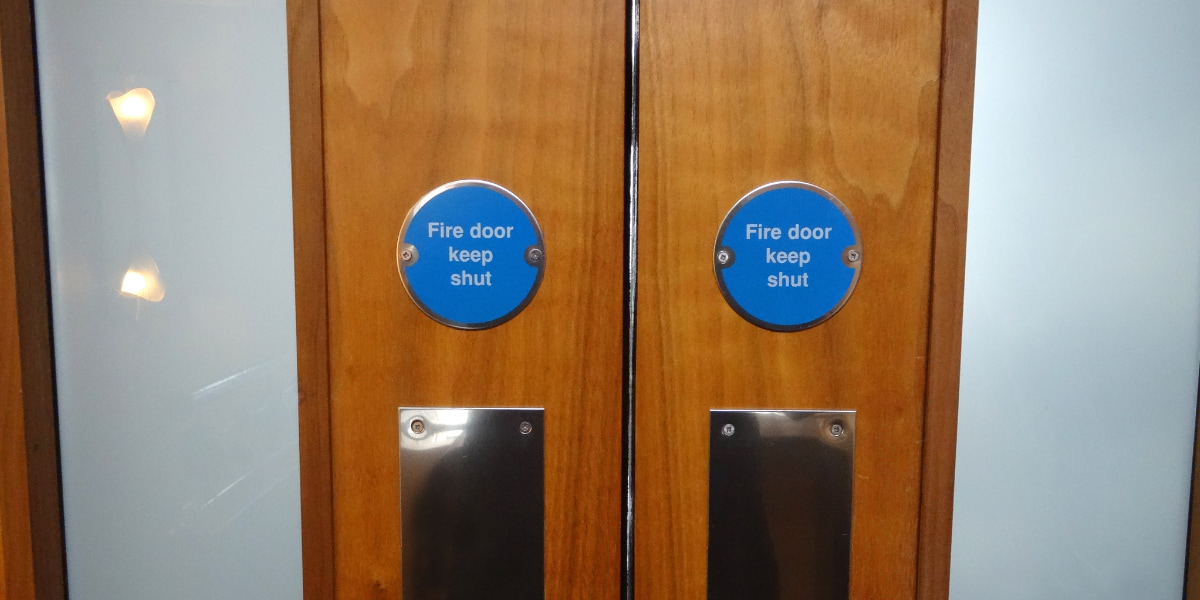PAT testing, which is an abbreviation for Portable Appliance Testing, refers to the crucial task of inspecting and testing electrical appliances to ensure they’re safe to use, without posing a fire hazard.
Regularly carried as part of a UK statutory inspection, PAT testing is essential in domestic, commercial and industrial environments, and are a key part of electrical safety initiatives.
Portable appliances refers to a range of items which are used in our daily lives, from small appliances like kettles, toaster, laptops and power tools to dishwashers, refrigerators, freezers and heaters.
Electrical Fires
Electrical fires pose a serious threat to life and property.
Noted for their tendency to spread rapidly, electrical fires can travel through walls, ceilings and along electrical wires, affecting occupants’ ability to evacuate a burning building. Electrical fires can also product thick, black smoke filled with toxic chemicals, which can be deadly if inhaled, even if occupants are able to escape flames.
Deceptively, electrical fires can smoulder for lengthy periods before igniting into flames. This can make electrical fires hard to detect until their flames are out of control and potentially fatal.
Even the smallest of electrical fires can create an electric shock hazard, which can cause serious injuries or prove fatal should contact be made with it.
For businesses, industries and any commercial operation, beyond loss of life and injury, electrical fires can seriously jeopardise equipment and property, and cause issues for any enterprise financially.
From property structure and electrical system to furniture, inventory and general business assets, electrical fires can hinder daily operations and cause financial loss in terms of property damage or loss of data.
How Portable Appliances can cause Electrical Fires?
There are numerous ways portable appliances can cause fires in a wide range of settings and environments.
Faulty Wiring
Over time, the internal wiring of appliances can sustain damage from general wear and tear, overheating, or disruption following a drop or yanked cord. Damaged wires can spark, overheat and ignite, particularly around flammable materials.
Overloaded Circuits
In domestic and commercial environments, occupants can overload circuits by plugging in too many appliances into a single outlet. Overloading circuits can cause wiring and insulation to overheat, increasing the prospect of electrical fires.
Dangerous Use of Appliances
It is always recommended to only use portable appliances as per the manufacturer’s instructions and specifications. Examples of improper appliance use include the utilisation of a damaged charging cable or extension cord, running cords under carpets or rugs and not unplugging appliances when not in use, particularly appliances like heaters, irons, hair straighteners and hair dryers.
Water Damage
When exposed to water or liquids, the internal components of electrical appliances can sustain damage, leading to malfunctions and potential fire hazards.
What is checked during a PAT Test?
A PAT test from approved contractors, such as Melwood Facilities, includes a comprehensive, multi-faceted approach in order to ensure the safety of your electronic appliances. This generally involves a scrupulous visual inspection, in addition to electrical testing.
Visual Inspection – PAT Testing
A visual inspection during a PAT test will firstly assess the overall condition of electrical appliances, examining any physical damage to casing, plugs and wires. This includes checking for any loose elements, excessive wear and tear, cracks or scorch marks.
During a PAT test, the primary focus will often be the main power cord of the device, as approved contractors inspect for any signs of fraying, cuts, exposed wires and damage to insulation. Moreover, it’s important that lose or damaged plugs are identified and replaced.
Where necessary, contractors may inspect the interior of appliances to assess for any signs of burning, loose components or overheating.
Electrical Testing – PAT Testing
Electrical testing is an essential part of ensuring the safety of portable appliances. Testers will check for earth continuity, which ensures the appliance’s earthing system is present and functioning. Earth continuity is essential to ensure any current leakage does not cause an electric shock.
Approved contractors will seek to ensure insulation resistance between an appliance’s functioning parts and casing. It’s essential that there is appropriate insulation to prevent current from leaking and creating an electrical shock hazard.
Portable appliances that utilise a polarised plug will be inspected to ensure live and neutral wires are connected correctly, as incorrect polarity can pose a fire safety risk.




